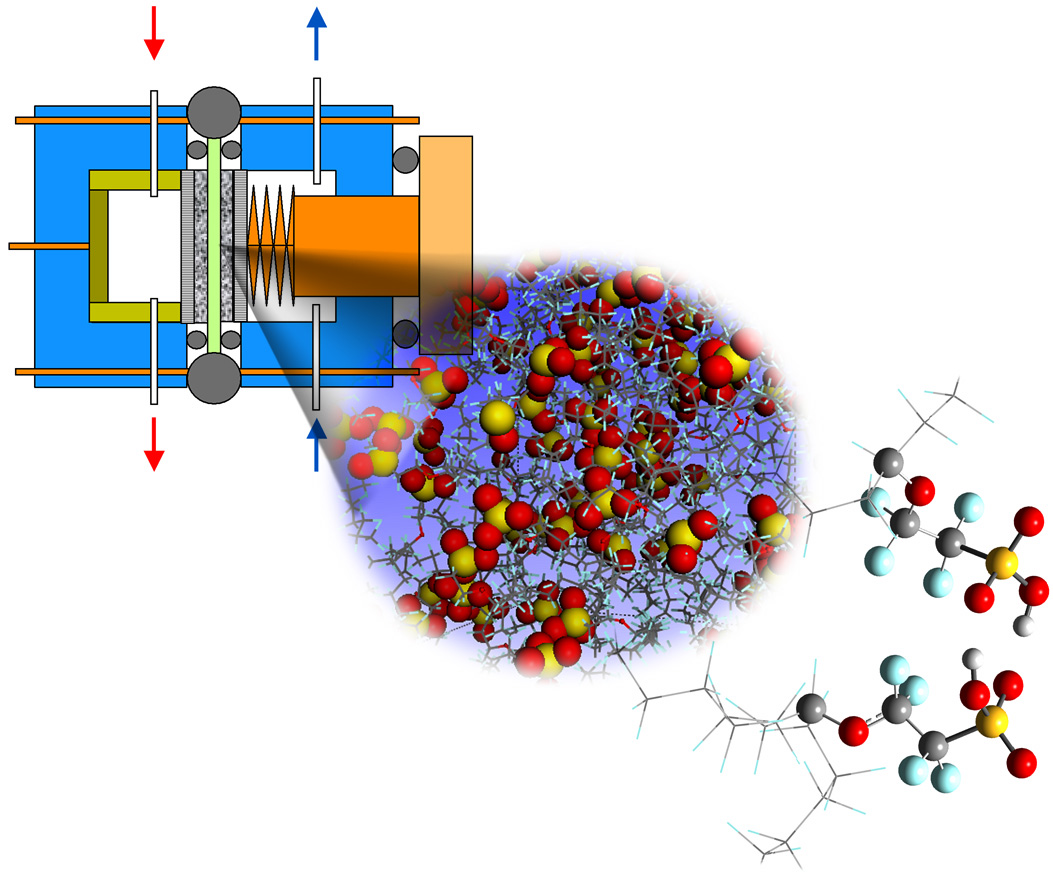
Professor of Macromolecular Materials Science
Head of Department (Joint)
MA University of Cambridge
PhD University of Bristol
Materials Modelling
With modern computational techniques, it is now possible to predict the properties of novel materials from first principles using advanced simulation techniques. This has the advantages of being both quicker and cheaper than a trial-and-error experimentation process, and also yields detailed structural and dynamical information that can provide a stringent test of theoretical models. Often, the phenomena of interest in industrial processes occur over much larger length and time scales than those at the underlying molecular level, requiring the use of a multi-scale modelling approach, which is a theme that unifies my research in several diverse materials systems.
Pharmaceutical materials science
The essence of pharmaceutical materials science is the application of fundamental concepts in the physical sciences to the challenges of understanding the behaviour of soft, mostly organic, crystalline, and amorphous materials of relevance to the pharmaceutical industry. My work focuses on the simulation of powder compaction using discrete and finite-element modelling, coupled with use of novel imaging techniques, such as X-ray microtomography, to validate these models.
Polymeric membranes for fuel-cell applications
The archetypal perfluorosulfonic acid membrane (PFSA) Nafion, manufactured by DuPont and utilized as an electrolyte in a wide range of fuel-cell and other redox applications, has been known since the mid-1960s, but continues to elude a self-consistent structural description from the molecular to the macroscopic level. My work involves simulating the morphology and ion-transport properties of PFSA membranes, with the aim of developing novel polymers with improved properties for use in fuel cells.
Nanotubes and composite materials
Nanoparticulates, such as carbon nanotubes, can imbue thermoplastic polymers with greatly improved mechanical and electrical properties for use in functional materials. Using molecular and mesoscale modelling techniques, the theoretical properties of novel structures can be investigated and used to inform exploratory experimental studies, and to test hypotheses about interaction of matrix and filler.
- JA Elliott, JKW Sandler, AH Windle, RJ Young & MSP Shaffer, "Collapse of single-wall carbon nanotubes is diameter dependent" Phys. Rev. Lett.92, 095501 (2004).
- CY Wu, O Ruddy, AC Bentham, BC Hancock, SM Best & JA Elliott, "Modelling the mechanical behaviour of powders during compaction" Powder Technol. 152, 107–117 (2005).
- SJ Paddison & JA Elliott, "Molecular modeling of the short-side-chain perfluorosulfonic acid membrane" J. Phys. Chem. A 109, 7583–7593 (2005).
- SS Rahatekar, M Hamm, MSP Shaffer & JA Elliott, "Mesoscale modelling of electrical percolation in fibre-filled systems" J. Chem. Phys. 123, 134702 (2005).

